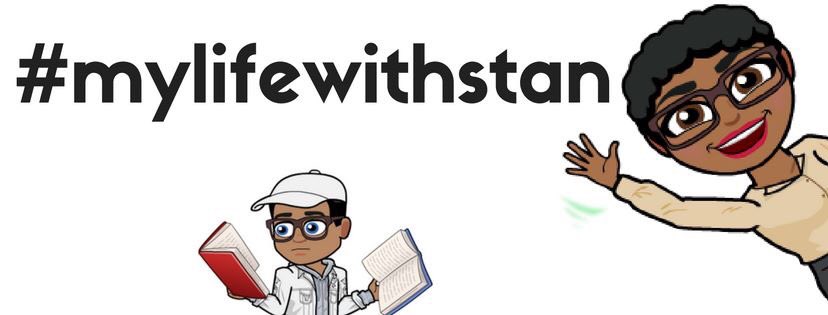#findthegap
Trying to figure out where the likely gap in knowledge is that lead to the error is hard.
Should I teach to the student? The intern? The resident?
I have only one chance to make a good first impression. I need to be soft. Attentive. Aware...





